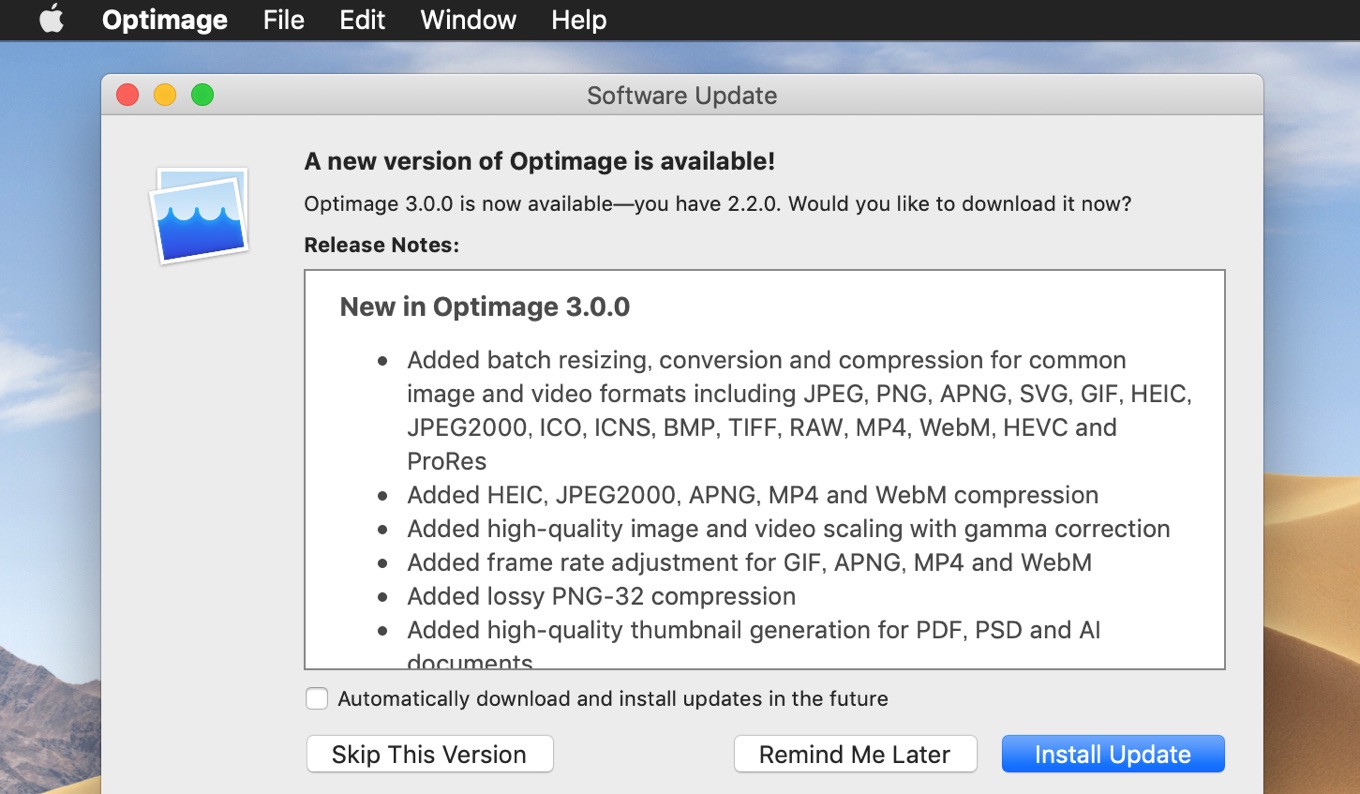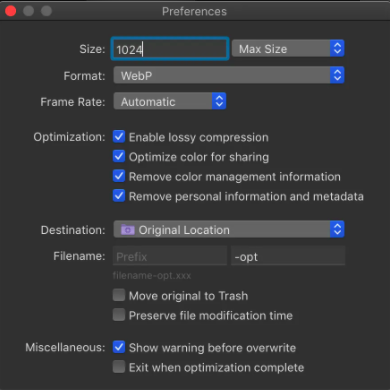
Today, the Aquilion Precision ultra-high resolution CT system is making the power of routine, ultra-high resolution imaging - within industry-standard DRLs - a reality. The ability to provide more accurate diagnosis through improved image quality is at the heart of every advance in imaging technology. The Aquilion Precision, making routine use of a ultra-high resolution detector, ultra-high resolution optics assembly, and ultra-high resolution 1024 matrix reconstruction, allows for visualization of fine detail to better delineate anatomical and pathological structures. As with any major innovation, a physics-based performance evaluation is critical to understanding and optimizing the Precision’s ultra-high resolution modes in clinical use. Quantifying performance on high resolution images, especially relative to a conventional resolution system generally displayed on a 512 image matrix, requires a careful understanding of image quality metrics. Different methods of computing population averages provided upper and lower limits to the mean optical transfer function and mean point-spread function for our population of eyes.Simple image quality measures, such as standard deviation and contrast-to-noise ratio, which do not include the effects of properties such as image texture and signal power, can be misleading, particularly as they relate to radiation dose. Using the Marechal criterion, we conclude that correction of the 12 largest principal components, or 14 largest Zernike modes, would be required to achieve diffraction-limited performance on average for a 6-mm pupil. No evidence was found of a universal anatomical feature responsible for third-order optical aberrations. Correlation of aberrations from the left and right eyes indicated the presence of significant bilateral symmetry. The largest pupil for which an eye may be considered diffraction-limited was 1.22 mm on average. For example, the average amount of higher-order aberrations present for a 7.5-mm pupil was equivalent to the wave-front error produced by less than 1/4 diopter (D) of defocus. On average, the total wave-front variance produced by higher-order aberrations was less than the wave-front variance of residual defocus and astigmatism. To first approximation, wave-front error fell exponentially with Zernike order and increased linearly with pupil area. However, for any individual eye the aberration coefficients were rarely zero for any Zernike mode.
#OPTIMAGE HEALTH FREE#
This result indicates that a hypothetical average eye representing the central tendency of the population is nearly free of aberrations, suggesting the possible influence of an emmetropization process or evolutionary pressure.

We found that the population averages of Zernike coefficients were nearly zero for all of the higher-order modes except spherical aberration.

We infer from these results that subjective best focus occurs when the area of the central, aberration-free region of the pupil is maximized. The residual Zernike coefficients for defocus were not zero but varied systematically with pupil diameter and with the Zernike coefficient for spherical aberration in a way that maximizes visual acuity.
#OPTIMAGE HEALTH SERIES#
Zernike expansions of the experimental wave-front aberration functions were used to determine aberration coefficients for a series of pupil diameters. Sphero-cylindrical refractive errors were corrected with ophthalmic spectacle lenses based on the results of a subjective refraction performed immediately prior to experimentation.

A Shack-Hartmann aberrometer was used to measure the monochromatic aberration structure along the primary line of sight of 200 cyclopleged, normal, healthy eyes from 100 individuals.


 0 kommentar(er)
0 kommentar(er)
